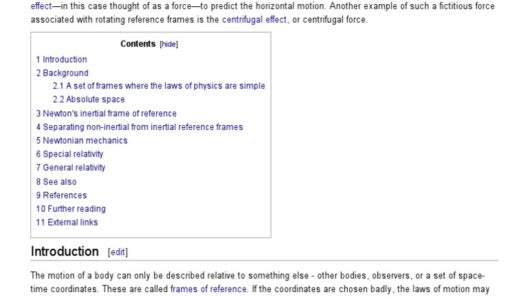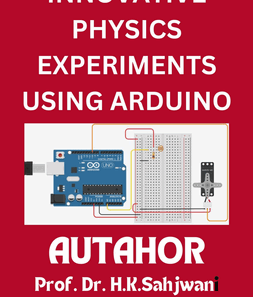Conservation is not merely an abstract notion; it is the lifeblood of a sustainable future. Like an artist who captures a vibrant landscape on canvas, individuals can paint a resourceful existence through everyday actions thoughtfully curated to conserve energy. Each conscious decision and each small change cumulatively culminate into a formidable mosaic of energy sustainability. The following five examples illustrate this rich tapestry of energy conservation woven into our daily lives.
1. Embracing Natural Light: The Sun as Our Ally
Imagine the sun as an unyielding artist, pouring vibrant hues into our surroundings. Utilizing natural light instead of artificial illumination is an elegant strategy to reduce electricity consumption. By drawing open curtains and engaging with the world outside, we can minimize reliance on electric lights during daylight hours. Opting for lighter, sheer window treatments allows sunlight to flood in while preserving privacy. This not only invigorates a space but also extends the lifecycle of energy resources by significantly lowering the demand for electrical lighting. Moreover, embracing this simple yet effective practice enhances mental well-being, grounding the individual in a more organic rhythm with nature.
2. Energy-efficient Appliances: The Unsung Heroes of the Household
Think of energy-efficient appliances as the meticulous orchestra conductors of the household—each note played conveys a commitment to environmental stewardship. Transitioning to appliances with a high Energy Star rating is akin to unearthing a treasure trove of savings and sustainability. While the initial investment may seem substantial, the long-term dividends—manifested through reduced utility bills and diminished carbon footprints—create a compelling case for this transition. These units are engineered with cutting-edge technology that minimizes energy consumption without sacrificing performance. Thus, the household becomes a symphony where efficiency harmonizes with responsibility.
3. Smart Thermostats: The Brain of Energy Management
Perched atop the wall like a wise sage, smart thermostats epitomize the convergence of innovation and energy conservation. These devices learn from your habits and adjust heating and cooling schedules accordingly, optimizing usage without necessitating conscious intervention. Setting a lower winter temperature and a higher summer temperature can reduce energy bills significantly while maintaining comfort. Furthermore, remote access allows users to fine-tune settings on the go, ensuring that energy is not wasted on empty rooms. Such technological ingenuity personifies control and awareness, reminding us that small adjustments can have a substantial environmental impact.
4. Water Conservation: The Hidden Energy Drain
Often overlooked, water conservation is the stealthy drain on energy reservoirs. The energy expended to heat water or pump it from distant sources can be staggering, akin to diverting a river to fill a pond. Simple interventions, such as installing low-flow fixtures or fixing leaks, save not only water but also the energy required to treat and deliver it. Additionally, shortening showers and using cold water for laundry can greatly diminish both water and energy usage. By adopting a conscious relationship with water, individuals transform their daily routines into acts of environmental vigilance, aligning their consumption with sustainable practices.
5. The Art of Mindful Commuting: Eco-Friendly Transportation
Transport systems are the veins through which urban life flows, but they can also become congested with pollution and waste. Mindful commuting serves as an antidote to this swelling tide of environmental degradation. By opting for public transportation, carpooling, biking, or even walking, individuals help reduce road congestion and lower greenhouse gas emissions. Each choice can be likened to throwing a pebble into a pond; the ripples of change extend further than one might perceive. Furthermore, adopting electric or hybrid vehicles amplifies the positive impact on our planet, contributing to a cleaner airscape and a reduction in fossil fuel dependence. As the wheels of progress turn, so too can our collective commitment to sustainable transportation catalyze a renaissance in energy conservation.
In conclusion, energy conservation is less a series of isolated decisions and more a holistic approach woven through the fabric of our daily lives. Each action—be it harnessing sunlight, employing energy-efficient appliances, embracing smart technology, conserving water, or committing to mindful commuting—echoes the potential for a more sustainable world. They are not merely practices; they are our pledge to the Earth, our sacred responsibility to future generations. By integrating these five irrefutable principles into everyday routines, we can transform conservation from a lofty ideal into a vibrant and practical reality. Together, we can tread lightly upon this planet, ensuring that its resources endure, echoing the harmonies of time gone by for generations to come.








